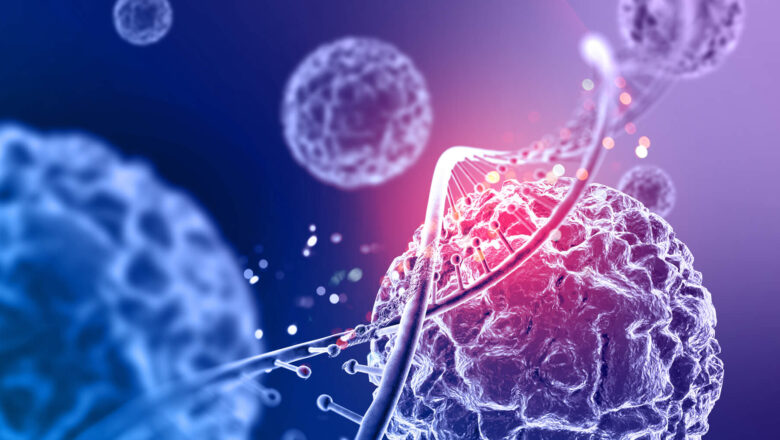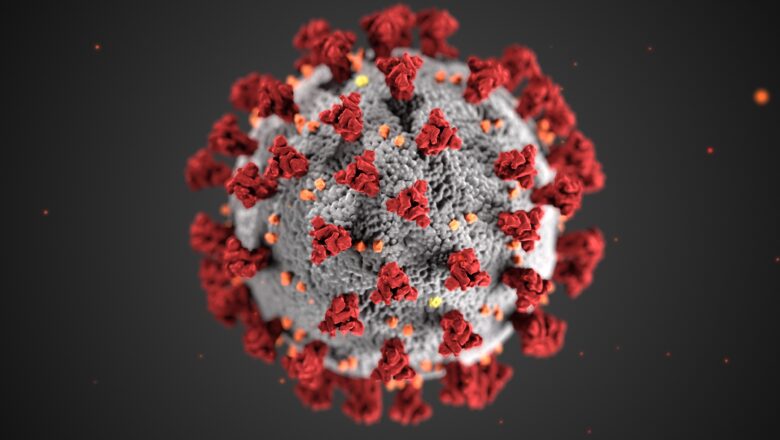
The Effect of Lifestyle and Environment on Non-Communicable Diseases
Non-communicable diseases (NCDs) are a major global health problem. Heart disease, diabetes, cancer and respiratory problems fall into this category. It has significant impacts on both individuals and healthcare systems. In this article, we will examine how lifestyle choices and environmental factors contribute to NCDs. We will discuss ways to prevent and manage them.
Understanding Non-Communicable Diseases (NCDs)
Non-communicable diseases are chronic conditions that do not spread from person to person, unlike infectious diseases. They are characterized by long-term and often slow progression, which can lead to severe health complications. The primary NCDs include:
Cardiovascular Diseases: These encompass conditions such as coronary artery disease, hypertension, and stroke. Risk...







